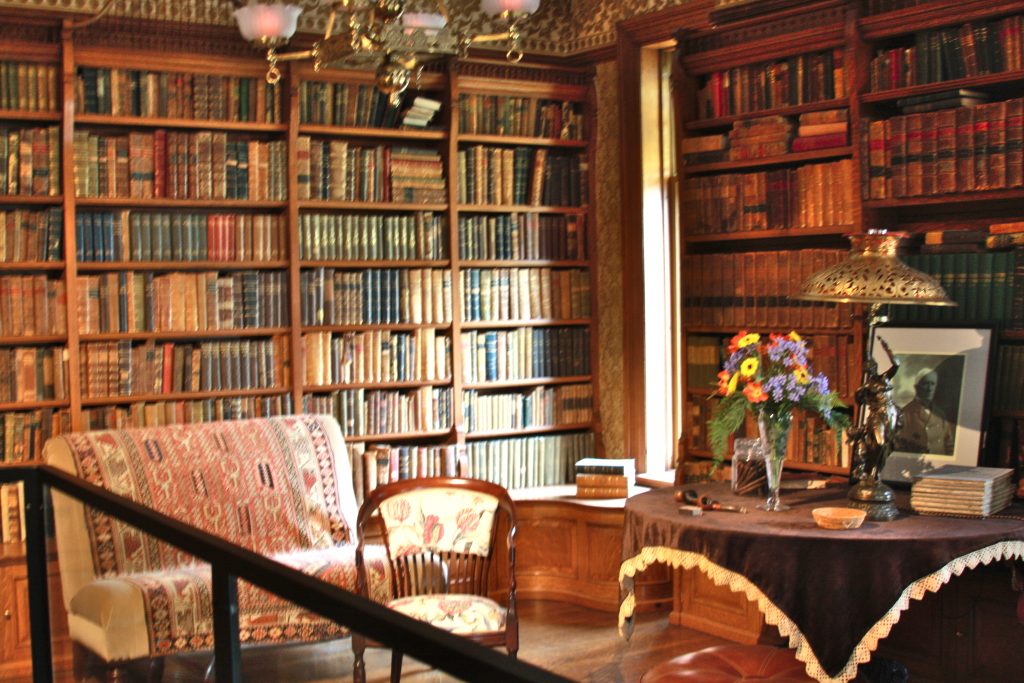June 8, 2023 @ 09:30 EDT
Site Visit #91
If railroads offered frequent rider programs in 1901, Theodore Roosevelt would have earned a first-class upgrade.
In May 1901, the Pan-American Exposition opened in Buffalo, New York to celebrate the technological advances of the 19th century. Both President McKinley and Vice-President Roosevelt were to be on hand for the opening, but McKinley’s wife had fallen ill. He would attend at a later date.
Roosevelt, a former New York governor, spoke at the opening, then returned to Washington. McKinley did arrive in early September and made his own speech. On September 6, he had what was in essence, a meet and greet with the public in one of the exhibition halls. For Leon Czolgosz, though, it was his chance to shoot the President, something he thought would trigger the downfall of the U.S. government. McKinley was shot twice but survived.
When word reached Roosevelt, who was now in Vermont giving a speech, he immediately caught a train back to Buffalo. Upon arrival, the doctors told him that McKinley was stable and very likely would recover. Roosevelt decided to take a planned family vacation in the Adirondack Mountains of New York. On September 13, while on a hike, a runner approached with a telegram informing Roosevelt that the President was dying.
As a telling sign of the times, Roosevelt had to head into the nearest town and find a coach for hire to get him to the nearest railroad. He traveled overnight, but while en route, was told that McKinley had indeed died.

On arrival in New York, he went to the home of long-time friend Ansley Wilcox, now the site of the Theodore Roosevelt Inaugural National Historic Site. After briefly visiting Mrs. McKinley at her accommodations, he returned to the Wilcox house and took the oath of office.
The house sits close to downtown Buffalo on a small lot. Other than the gift shop, you must be part of a tour to see the rest of the house. There is a charge for the tour but if you have a park pass, it is only $1.00.
The tour moves from room to room, with some rooms having been converted to use multi-media that present information on the Pan-American Exposition, the events leading up to the assassination, Roosevelt’s thoughts on assuming the Presidency, and such. The other rooms, where actual events took place, are left looking as they did on that day. These include the dining room, where Roosevelt had a short meal after arriving (though he ate very little), and the room where the inauguration took place.
The upstairs features a room that has been remodeled to look like the President’s office in the White House (it was not the oval office at that time). There were also panels describing the history of the house itself.
In short, this site presents the events of the time around Roosevelt’s inauguration very well. For a very urban site, they provide plenty of free parking in back of the building, which is unusual for such locations. It’s a definite place to see for any history buffs.
Steve